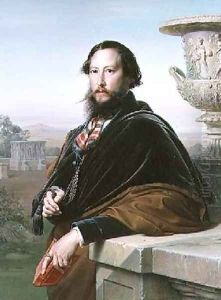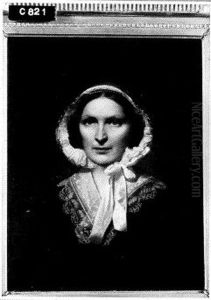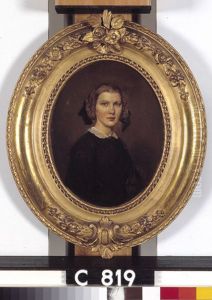Jan Philip Koelman Paintings
Jan Philip Koelman was a Dutch painter born on May 13, 1818, in The Hague, Netherlands. He was known for his historical paintings, portraits, and genre scenes. His artistic career was largely shaped during a period known as the Romantic era in art, which emphasized emotion and individualism as well as glorification of the past and nature.
Koelman received his initial training at the Drawing Academy in The Hague, where he was influenced by the Dutch romantic tradition. He then continued his studies in Paris, which was a major center for the arts in the 19th century. In Paris, Koelman was exposed to the works of the French masters and the emerging Romantic movement, which likely had a significant impact on his stylistic development.
After his studies in Paris, Koelman returned to The Hague, where he became a respected member of the artistic community. He was known for his meticulous technique and attention to detail, which were evident in his historical paintings. These works often depicted scenes from Dutch history, and he was praised for the way he captured the essence of the past with accuracy and drama.
Koelman also executed portraits for the Dutch elite and those in government, which contributed to his reputation. His portraits were appreciated for their lifelike representation and psychological depth, a characteristic that was highly valued in Romantic art.
Throughout his career, Koelman exhibited his works in various exhibitions and was a member of the Royal Academy of Art in The Hague. He was awarded medals for his contributions to Dutch art and was recognized by his contemporaries as a significant figure in the Dutch Romantic tradition.
Jan Philip Koelman passed away on February 23, 1893, in The Hague. His works remain a testament to the Dutch Romantic period and continue to be studied for their historical significance and artistic merit.


